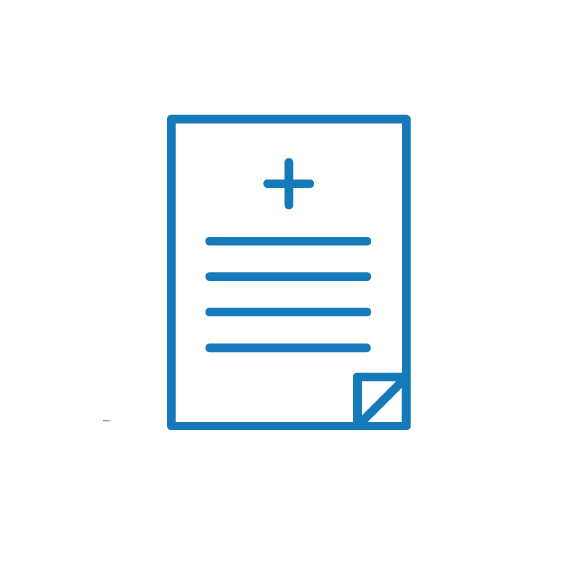Prioritize the Fall Risk Screening
Patients above the age of 65 are at a higher risk for falls, which can result in significant morbidity, long-term hospitalizations and premature nursing home placement. That’s why some clinical programs, such as the CMS Merit-based Incentive Program (MIPS) and the Medicare Shared Savings Program (MSSP), include the Fall Risk Screening as a quality metric.
This measure helps to ensure Medicare patients are provided a fall risk screening assessment, and ultimately improves the quality of patient care. Patients who indicate they have had multiple falls within a year are evaluated thoroughly to mitigate risks for future falls. Here are some tips to help you capture the Fall Risk Screening appropriately:
- Fall risk screenings should be completed once per year for people 65 years and older. The screening is typically included in the Health Risk Assessment portion of Medicare Annual Wellness Visits (AWVs), but it can be included in general routine office visits, too.
- Office-based, time assessments for fall risk are used most often and include the Timed Up and Go (TUG) test to assess mobility and gait. The patient is timed while standing up from seated, and then is asked to walk three meters and return to a seated position. Patients who take more than 10 seconds to complete this assessment may be at risk for falls and could require further assessment.
- If a patient needs further assessment, providers can recommend physical therapy and occupational therapy interventions in addition to providing education on safety and necessary behavior change.
Coding for Fall Risk Screening
When determining coding criteria for fall risk screenings, the CPT/HCPCS/CPTII and ICD-10 codes used vary depending on whether the screening takes place in the Medicare AWV, or during a general office visit.
- If patients are screened during an AWV, the billing codes used will fall under the AWV G0402, G0438 or G0439 codes. Using additional CPTII performance tracking codes on the claim, such as the 1100F code, will help indicate if the patient has documented falls in the past. To indicate that a patient has had no falls within the past year or one fall without injury, the 1101F code should be used. Additionally, the 3288F code should be used with the functional status CPTII codes (1100F, 11001F) to indicate a fall risk assessment was completed.
- If the patient is seen for a general routine encounter, the specific CPT/HCPCS code used would be based on the reason for the visit and time spent with the provider. These codes can range from 99201 to 99350 and include physical exam codes, which are separate from AWVs. The CPTII codes 1100F, 1101F and 3288F are suggested in this scenario to ensure the screening “gap” is closed, as this may be a quality performance measure. ICD-10 diagnostic codes are also suggested for any encounter, regardless of AWV, routine or physical exam encounters. These codes may vary and are applicable to the patient’s medical history and current health status at the time of the encounter, such as Z91.81 “At Risk for Falling, History of failing.”
For more information about coding for AWVs, listen to the Performing, Documenting, and Billing AWVs episode of the miniVHAN podcast here.




